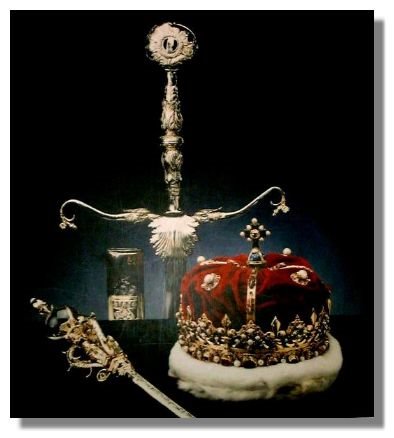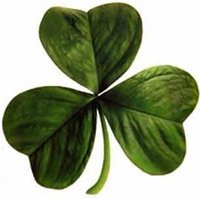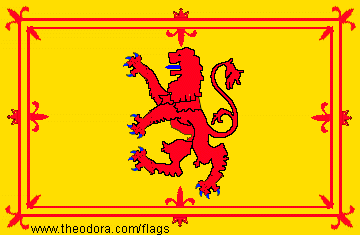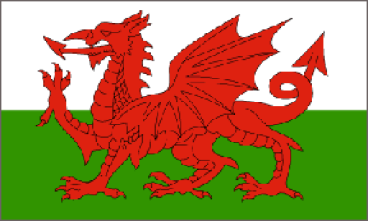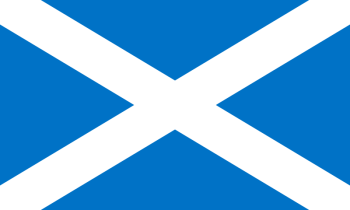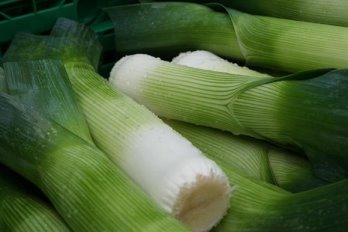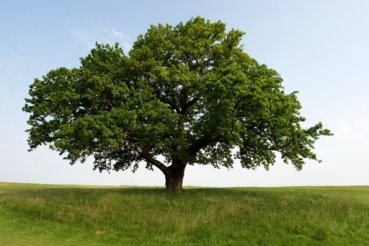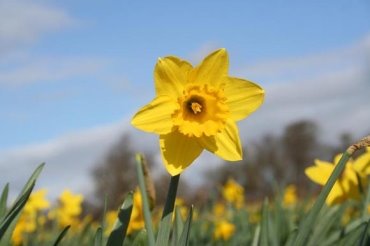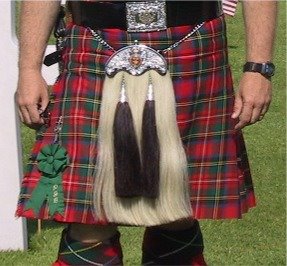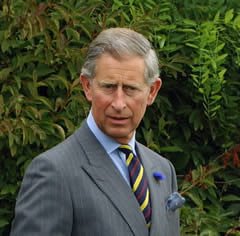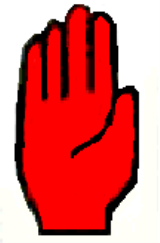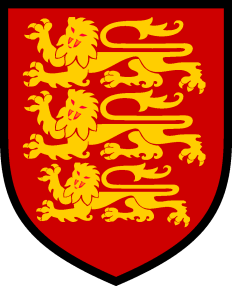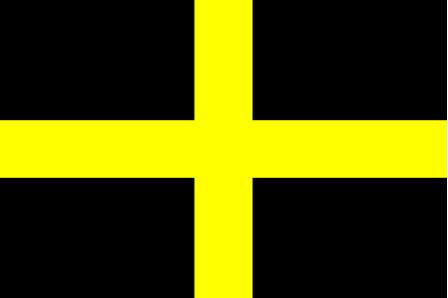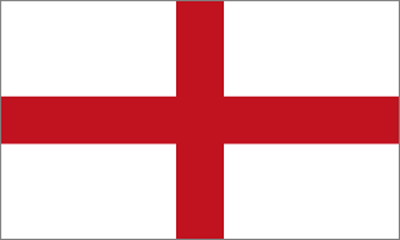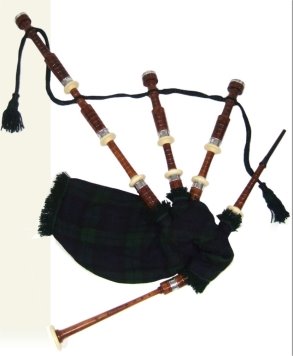Містерія Музики. Музика, як вона є.
Мета: вдосконалювати навички читання й усного мовлення з опорою на вивчені лексико-граматичні структури; продовжувати формувати навички непідготовленого усного мовлення за проблемними ситуаціями; розвивати спостережливість, уяву й естетичне сприйняття навколишнього середовища; сприяти розвитку логічного і критичного мислення, інтересу до поставлених завдань.
8Б КЛАС 20.03.2018 8А КЛАС 22.03.2018
Тема. The Land of Great Britain. Articles. Reported Statements
Мета: вдосконалювати навички читання й усного мовлення; практикувати учнів у MM і ДМ за проблемними ситуаціями, розвивати логічне й аналітичне мислення; формувати навички непідготовленого усного мовлення; розвивати пізнавальний інтерес, аудитивну пам'ять та увагу.
ПЕРЕБІГ УРОКУ
|
Good morning, children! Look at the blackboard and tell me please What is the topic of today’s lesson? |
|
|
II. Підготовка до іноземного мовлення Alina & Grayson |
Фонетична й мовленнєва зарядка.
Mind map What do you associate with Great Britain?
|
|
|
|
|
Домашня робота Grayson & Alina
|
Ех. 7, р. 130 — put the verbs in the brackets into the correct tens form and voice |
|
New vocabulary. Listen and repeat the geographical names: Grayson name words and children repeat after him. |
Ex. 1, p. 131 — Listen and repeat the geographical names: the United Kingdom of Great Britain and Northern Ireland; the British Isles — Northern Ireland — Wales — Scotland — the Irish Republic; The Atlantic Ocean — the North Sea — the Irish Sea — the Strait of Dover; Belfast — Cardiff — Edinburgh — the Union Jack.
|
|
Reading |
Ex. 2, p. 131 — Read the text to get some information about the UK. |
|
|
Ex. 3, p. 132 — Work in pairs. Take turns to ask and answer the questions. Where is UK situated? Why is the UK called an island state? Are there any rivers in the UK? What do you know about mountains in Great Britain? Why are foreigners surprised by the fact that much of land in Britain is open country? What is the Union Jack made up of?
|
|
Grammar Lab. |
Article the with geographical names We use the definite article the with the geographical names of: rivers: the Thames , the Severn; oceans and seas: the Atlantic Ocean, the Irish Sea; mountain ranges: the Highlands; island groups: the British Isles; canals: the English Channel. Note: the north / south / west / east We don't use the definite article with the names of: towns, countries: London, Great Britain (But: the UK); lakes, individual mountains: Loch Ness, Ben Nevis. Ex. 4, p. 133 — Look through the text of Ex. 5, p. 132 again and find what it says about: seas, oceans and rivers; mountains; people; cities; the flag.
|
|
Work in pairs. |
Look at the map of the UK and write down the list of georaphical names.Use the definite article where necessary.
|
|
Speak in class. |
Ex. 5, p. 133 — Talk about the geographical position of the UK. Show the geographical objects you are talking about on the map.
|
|
IV. Завершальна частина уроку
|
Домашнє завдання Вивчити географічні назви Підсумки уроку Учитель підбиває підсумки уроку й оцінює роботу учнів
|
8A & 8B
Тема. Life in Britain. Changes in the Reported Speech
Мета: вдосконалювати навички читання й усного мовлення; практикувати учнів у MM і ДМ за проблемними ситуаціями, розвивати логічне й аналітичне мислення; формувати навички непідготовленого усного мовлення; розвивати пізнавальний інтерес, аудитивну пам'ять та увагу.
ПЕРЕБІГ УРОКУ
|
I. Організація класу. Привітання
|
|
|
II. Підготовка до іноземного мовлення
|
Фонетична й мовленнєва зарядка.
|
|
III. Основна частина уроку Alina
|
Ex. 1, p. 134 — Look at the pictures. Listen and report the words: a rose — a shamrock — a thistle a leek — a red dragon — a daffodil
|
|
Grayson tells students |
Every country has its specific culture and peculiarities which can be found in their symbols. The United Kingdom of Great Britain and Northern Ireland consists of four countries: England, Scotland, Wales and Northern Ireland. Each of them has its symbols and usually there are two types of them official and unofficial ones. England is the main part of the UK as there is its capital — London city The floral emblem and at the same time the symbol of England is the red rose. This flower has become a symbol since the Civil war which is called War of roses (1455-1485). The winner was the Royal Family with a red rose as a family symbol. Besides the floral symbol England has the national animal of England and it is a lion. The national flower in Scotland is the Thistle or sometimes it is called Scottish Bluebell. It when this prickly-leaved violet flower was used as the defense of the border of the country. Scotland also has its national animal and it is a unicorn Wales has the symbol spring flower daffodil. There are many versions about the origin of this symbol, but the main was told by Shakespeare in his poem in which Welsh archers wore this flower in the battle of Agincourt in 15th century for easy distinguishing from the enemies. Sometimes it is possible to find the leek as the symbol of Wales. Welsh national animal is a red dragon which is also on the welsh flag. And the Northern Ireland also has its own flower symbol it is shamrock. The legend told that with the help of this three-leaf plant St. Patrick explained the Trinity. He said that the Father, the Son and the Holy Spirit can’t exist separately as the shamrock can’t be with one leave. And later his followers used to wear the shamrock on St. Patrick's Day. |
|
|
|
|
Group work |
WALES In 1959, the Queen made the Red Dragon on green and white, the official Welsh flag. The leek is a vegetable, Welshmen wore it in battles. The daffodil is a yellow spring flower. The Prince of Wales is always the first son of the royal family. St. David is a patron saint of Wales, his flag with a yellow cross on black background is a symbol of Wales too.
SCOTLAND The national musical instrument of the Scots is the bagpipe. The national flower of the Scots is the purple thistle. The Lion Rampant, a red standing lion, is the symbol of the Scottish monarch. Scotsmen wear kilts and the plaid cloth that kilts are made from is the tartan. The famous Scottish Saltire (X-shaped cross), St. Andrew’s cross, is a white cross on sky-blue background. The Scottish Crown Jewels, known as the Honours of Scotland, are the oldest regalia in the British Isles.
NORTHERN IRELAND The Red Hand of Ulster is the official seal of the O'Neill family. Today it is the official Arms of Northern Ireland. St. Patrick, the patron saint of Ireland illustrated the Holy Trinity with a shamrock. The Ulster banner, the former flag of Northern Ireland was in use from 1953-1972. The Cross of St Patrick, patron saint of Ireland, is a red saltire on a white field.
ENGLAND The historic Flag of St. George became England's official flag in 1278. The flag is dominated by an upright, deep-red cross. The red rose symbolises the end of the Wars of the Roses. It is the national flower of England. The "Three Lions" is the unofficial crest of England and was first used by Richard the Lionheart. The oak is the national tree of England.
|
|
|
|
|
|
|
|
|
|
|
|
|
|
Grammar lab
|
Changes in the Reported Speech: "I want to visit my Granny on Sunday", Jane says. Jane says thet she wants to visit her Granny on Sunday. "I want to visit my Granny on Sunday",, Jane said. Jane said that she wanted to visit her Granny on Sunday. Direct Speech Reported Speech: Today that day Yesterday the day before tomorrow The next day next week the following week last week, last year, the previous week this / these that / those here there Personal pronouns and possessive adjectives change according to the context. Grammar lab f) Ex. 5, p. 139 — Report the following statements. Olena said that she wanted to visit her pen — friend who lived in Great Britain. Taras said that he had never been to Northern Ireland. Inna said that she was reading an interesting book about England then. Petro said that he had visited Wales the previous year. Ivas said that he had worn a kilt in Scotland. Brian said that he would watch a rugby match the following Saturday.
|
|
Homework |
Ex. 2, p. 134 — You are going to read a magazine article about people in Britain. Six sentences have been removed. Choose which sentences (A—G) fit into gaps (1—6). There is one extra sentence you do not need to use |


про публікацію авторської розробки
Додати розробку


